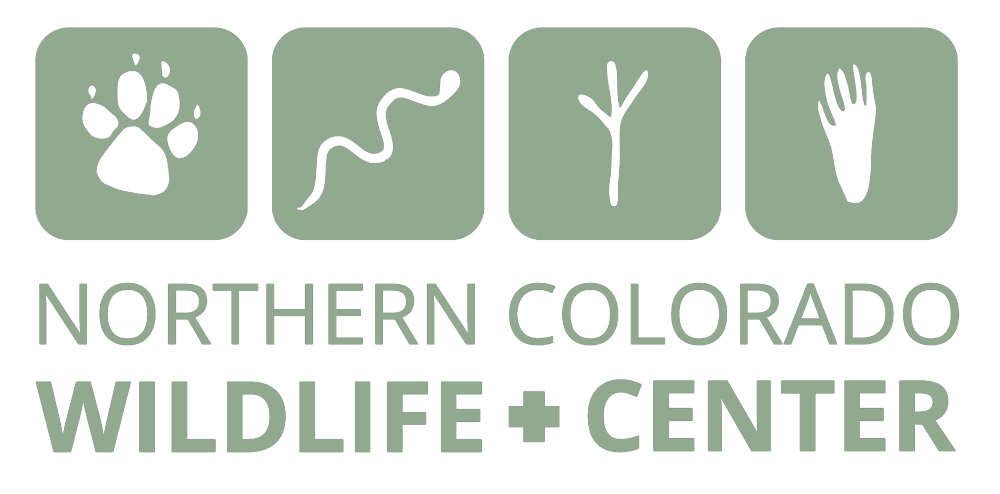Other Wildlife Education
Wildlife are all unique and all deserve our help protecting them and the habitats they call home.
Native Plants That Help Wildlife
Many wildlife rely heavily on native trees and grasses for shelter and hunting grounds. Consider planting native vegetation on your property to increase your community’s biodiversity and help ensure wildlife have quality habitats to call home.
Easy Humane Solutions
Making small, cheap household changes can go a long way when it comes to protecting wildlife. Doing things like capping your chimney, locking up garbage containers, and covering window wells can keep wildlife from becoming stuck or ingesting dangerous substances.
Gestation Periods
Baby wildlife season begins in spring for Northern Colorado. Attics, under porches, and under old car hoods are all great places to raise young if you’re a wild animal. These places are sheltered and discrete so if you don’t want to open them up as nurseries come spring then make sure they are sealed and closed off. Remember, the best way to solve a problem is by preventing the problem.
Why Wildlife Move
Helping animals cross trails and roads can be one of the easiest ways to save a life, as long as it’s being done safely. When you’re helping them cross, it is important to always put wildlife a few feet off the side of the road or trail in the direction they were already traveling in. Wildlife don’t typically wander around aimlessly and usually have a good reason for going where they are wanting to go. Remember, we are just wanting to help them, not make decisions for them. If they get put on the side they just came from, they will likely just try to cross again.
Becoming a Licensed Wildlife Rehabilitator
Becoming a licensed wildlife rehabilitator can look different from state to state, but this is how it works in Colorado. Basically it comes down to completing an apprenticeship under someone who has been licensed for 3 years or more.
Nest Diveristy
Nests can look vastly different depending on what species built it. Mammals tend to pack soft nesting material into a cavity, such as in a wall or under a piece of wood. Birds on the other hand tend to be much more structured with their nest construction. Both birds and mammals can nest in groups or solitarily, but they all have the same goal; raising their family safely. It is best to give these nests space to ensure this can happen for them.







